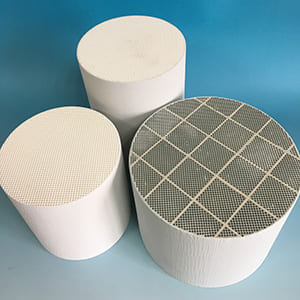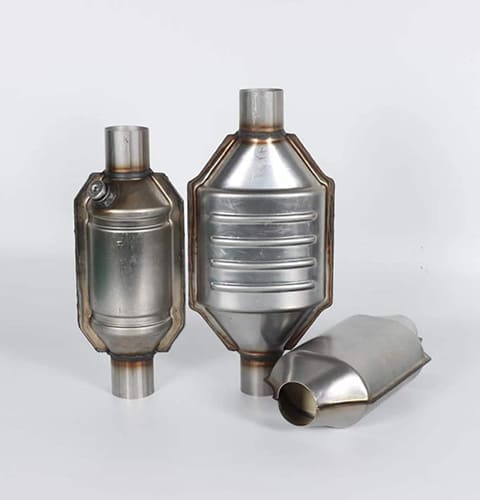Have you ever stood before a maze of options when it comes to filtration solutions? Felt lost among technical terms, varying specifications, and claims of superiority? Or, have you ever wondered why ceramic honeycombs have become the talk of the town in filtration tech? If so, you’re in the right place.
Selecting the right ceramic honeycomb for your filtration needs is not just about hopping on a trend; it’s about understanding the specific requirements of your application and matching them with the unparalleled properties of ceramic honeycombs. Their thermal resistance, high surface area, and chemical stability can serve diverse filtration needs, but only if chosen wisely.
Ready to unravel the mysteries of ceramic honeycombs and make an informed decision? Let’s dive in.
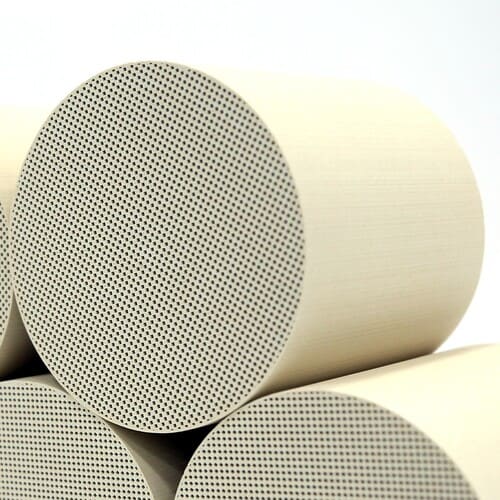
Why is Ceramic Honeycomb Structure Significant for Filtration?
The honeycomb’s high surface area allows for efficient gas flow and pollutant capture. Scientific studies show that honeycomb structures can trap pollutants more effectively than many other filter shapes.
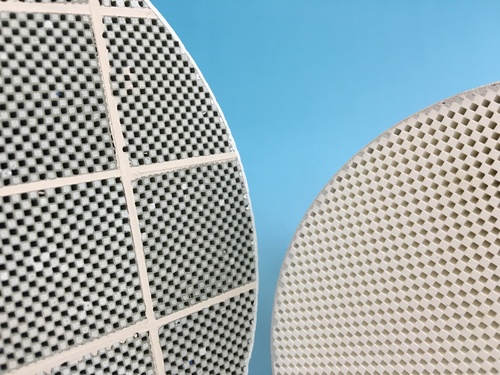
What Role Does Material Composition Play?
Different filtration needs require varying material compositions. Chemical stability is a standout property of ceramic honeycombs, but depending on your filtration needs, the ceramic’s precise composition might differ. Research highlights the benefits of various ceramic materials in different scenarios.
How Important is Pore Size and Density?
Pore size and density can significantly influence filtration efficiency. For instance, a ceramic honeycomb with smaller pores might be ideal for capturing fine particulates. Studies emphasize the importance of matching pore size and density to the specific pollutants you’re targeting.
Is Thermal Resistance Always a Key Factor?
While ceramic honeycombs are renowned for their thermal resistance, your specific application may not always demand this feature. However, in high-temperature environments, like exhaust systems or industrial gas filtration, this property becomes vital. Data demonstrates the unmatched thermal stability of ceramic honeycombs under extreme conditions.
How Do I Determine the Lifespan and Durability?
The durability of your ceramic honeycomb filter often hinges on its material composition and the environment it’s used in. Industry insights suggest monitoring factors like exposure to corrosive substances or fluctuating temperatures to estimate a filter’s lifespan.
Are There Environmental Benefits to Consider?
Absolutely! Beyond their primary function, ceramic honeycombs are also eco-friendly. Their ability to be recycled and their long lifespan means a reduced carbon footprint. Sustainability reports accentuate their environmental advantages.
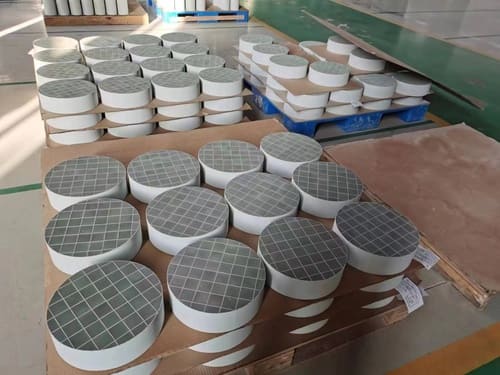
Conclusion
Choosing the right ceramic honeycomb for your filtration needs doesn’t have to be a complex task. By understanding your specific requirements and aligning them with the intrinsic properties of ceramic honeycombs (Catalytic converter substrate/GPF/DPF), you can find the perfect match. As technology continues to advance and our knowledge of ceramic materials deepens, the possibilities for tailored, efficient filtration solutions only grow brighter.

